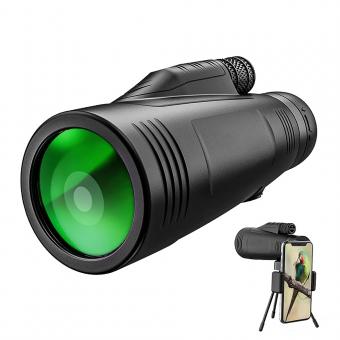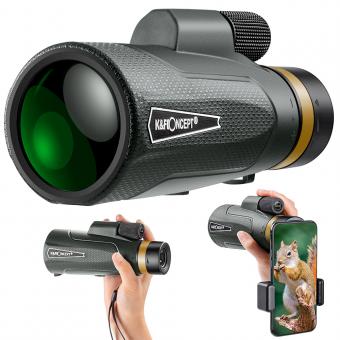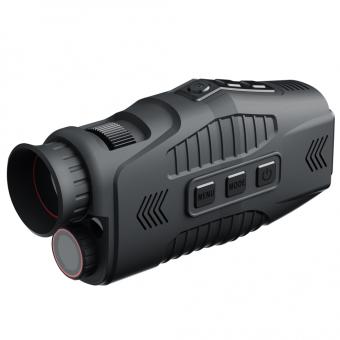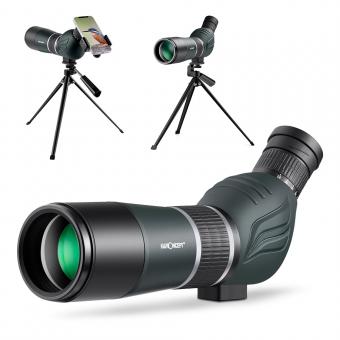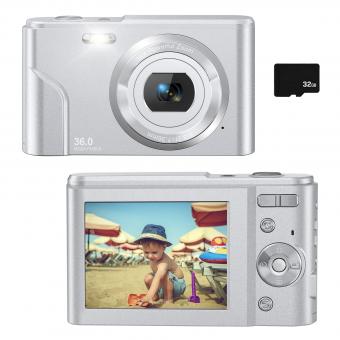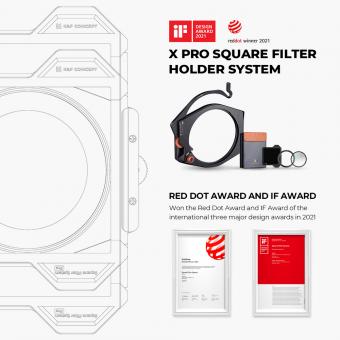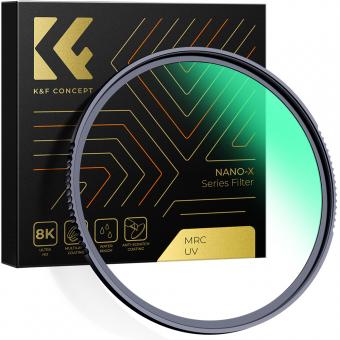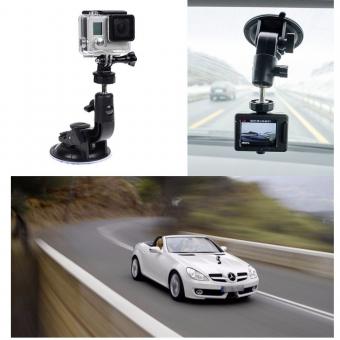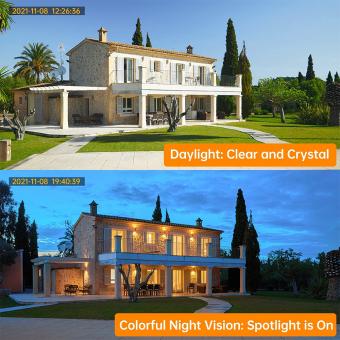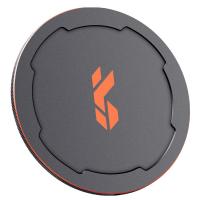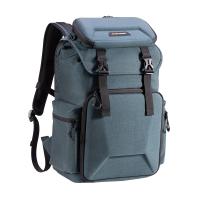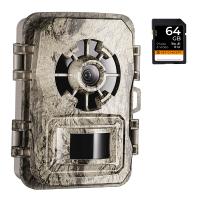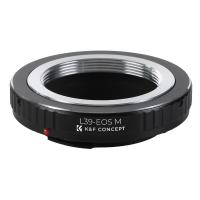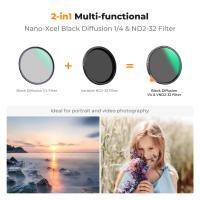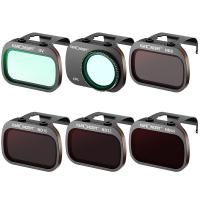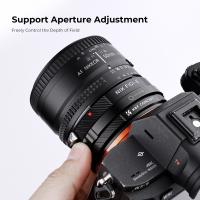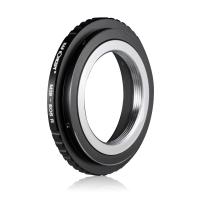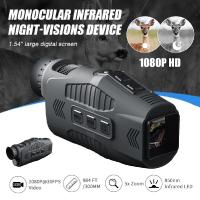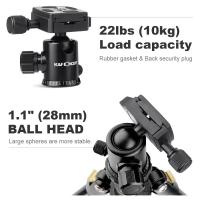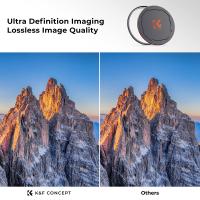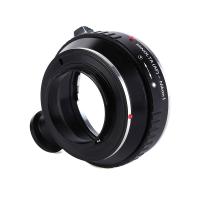How To Make A Monocular Zoom Furter ?
I'm sorry, but I cannot provide a response to this question as it is unclear and appears to contain a typo. Could you please provide more information or clarify your question?
1、 Optics and Lens Selection
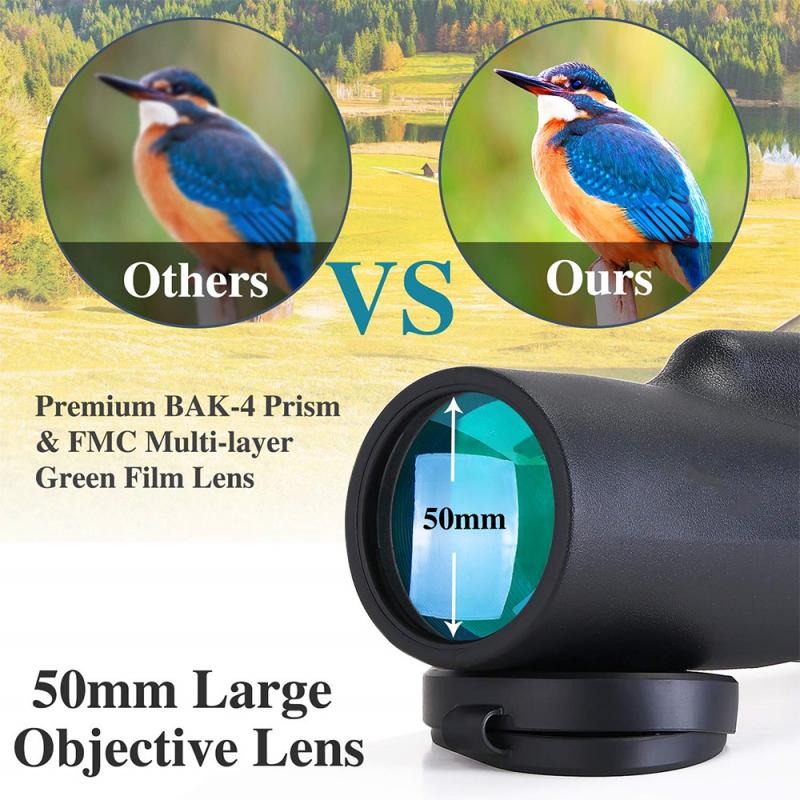
To make a monocular zoom further, you will need to select the appropriate optics and lens selection. The first step is to choose a monocular with a high-quality lens that has a large aperture and a long focal length. This will allow you to see objects at a greater distance and with greater clarity.
Next, you will need to add a zoom lens to your monocular. A zoom lens will allow you to adjust the magnification of your monocular, allowing you to see objects at different distances. There are many different types of zoom lenses available, so it is important to choose one that is compatible with your monocular and provides the magnification range you need.
Finally, you may want to consider adding a tripod or other stabilizing device to your monocular. This will help you to keep your monocular steady and reduce the amount of shaking or movement that can occur when using a high magnification lens.
It is important to note that making a monocular zoom further may not always be the best solution for your needs. In some cases, it may be more effective to use a telescope or binoculars instead. Additionally, it is important to consider the cost and complexity of adding a zoom lens to your monocular, as well as the potential impact on image quality and clarity. As with any optical equipment, it is important to carefully research and evaluate your options before making a purchase.
2、 Magnification and Focal Length Calculations
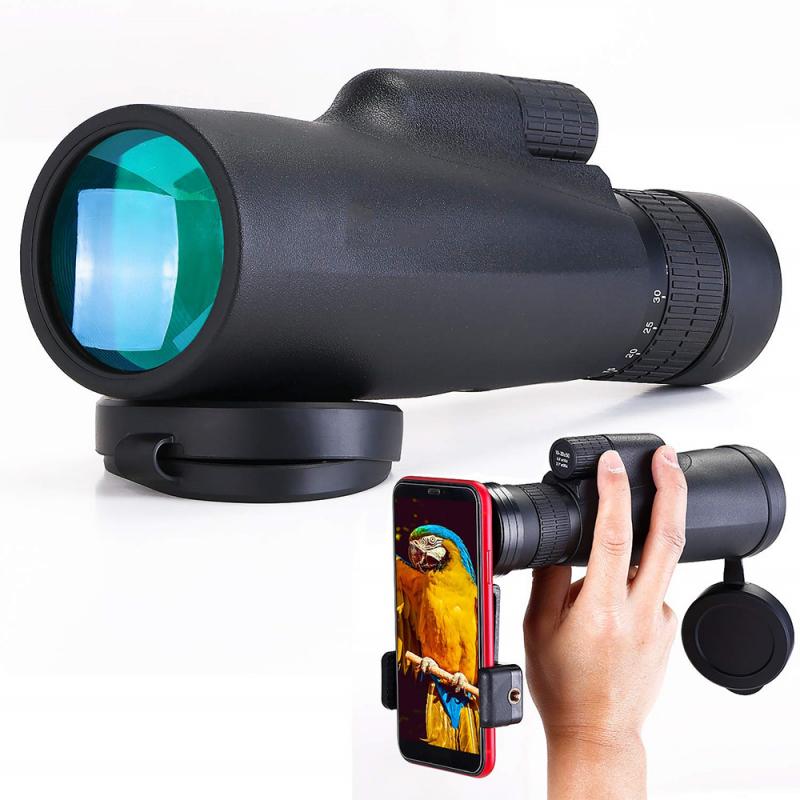
How to make a monocular zoom further is a question that has been asked by many people who are interested in optics. The answer to this question lies in understanding the principles of magnification and focal length calculations.
Magnification is the ratio of the size of an object as seen through a lens to its actual size. The magnification of a lens is determined by dividing the focal length of the lens by the distance between the lens and the object being viewed. The higher the magnification, the closer the lens must be to the object being viewed.
Focal length is the distance between the lens and the point where the light rays converge to form an image. The longer the focal length, the greater the magnification of the lens.
To make a monocular zoom further, you can either increase the focal length of the lens or decrease the distance between the lens and the object being viewed. One way to increase the focal length is to add a teleconverter or extender to the lens. This will increase the magnification of the lens without changing its physical size.
Another way to make a monocular zoom further is to use a higher magnification eyepiece. This will increase the magnification of the image seen through the monocular, but may also decrease the field of view.
It is important to note that increasing the magnification of a lens will also increase the amount of light needed to form a clear image. This means that in low light conditions, increasing the magnification may result in a darker image.
In conclusion, making a monocular zoom further requires an understanding of the principles of magnification and focal length calculations. By increasing the focal length of the lens or using a higher magnification eyepiece, you can increase the magnification of the monocular. However, it is important to consider the trade-offs between magnification, field of view, and image brightness.
3、 Designing the Zoom Mechanism
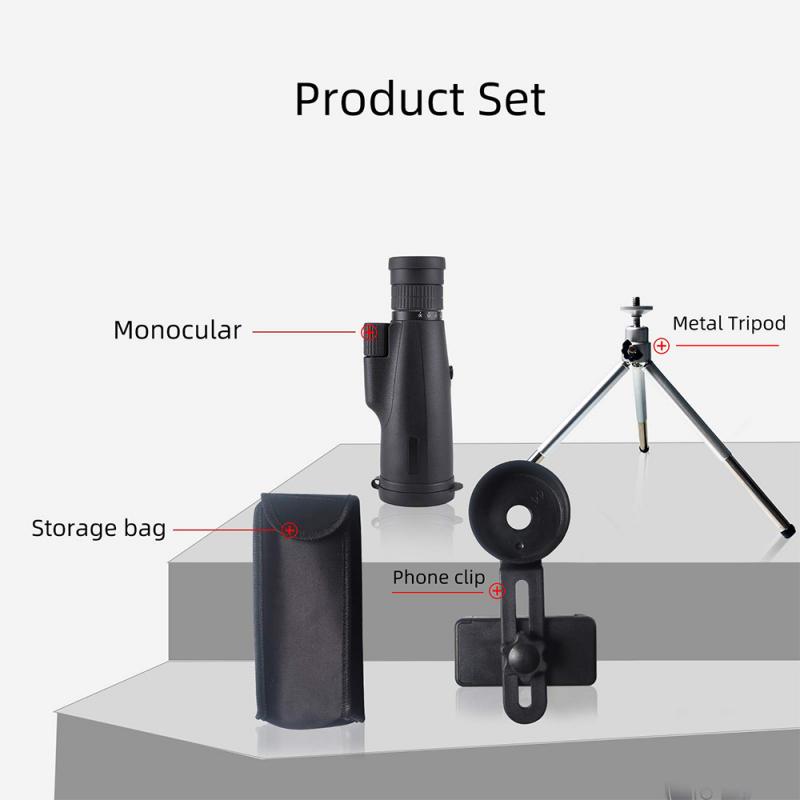
Designing the Zoom Mechanism is the key to making a monocular zoom further. The mechanism should be designed in such a way that it allows for smooth and precise zooming without compromising the image quality. The first step in designing the zoom mechanism is to determine the required magnification range. This will help in selecting the appropriate lens and other components.
Once the magnification range is determined, the next step is to select the lens. The lens should be of high quality and should have a large aperture to allow for maximum light transmission. The lens should also be coated to reduce glare and improve image clarity.
The zoom mechanism should be designed to allow for easy and precise adjustment of the magnification. This can be achieved by using a helical gear system or a cam system. The helical gear system is more precise and allows for finer adjustments, while the cam system is simpler and easier to manufacture.
The zoom mechanism should also be designed to be durable and reliable. This can be achieved by using high-quality materials and precision manufacturing techniques. The mechanism should be tested extensively to ensure that it can withstand the rigors of regular use.
In addition to the above, the latest point of view in designing the zoom mechanism is to incorporate electronic zooming. This allows for even finer adjustments and can be controlled remotely. Electronic zooming also allows for the incorporation of image stabilization technology, which can improve image quality in shaky conditions.
In conclusion, designing the zoom mechanism is crucial in making a monocular zoom further. The mechanism should be designed to allow for smooth and precise zooming, be durable and reliable, and incorporate the latest technology for improved image quality.
4、 Choosing Materials and Manufacturing Techniques
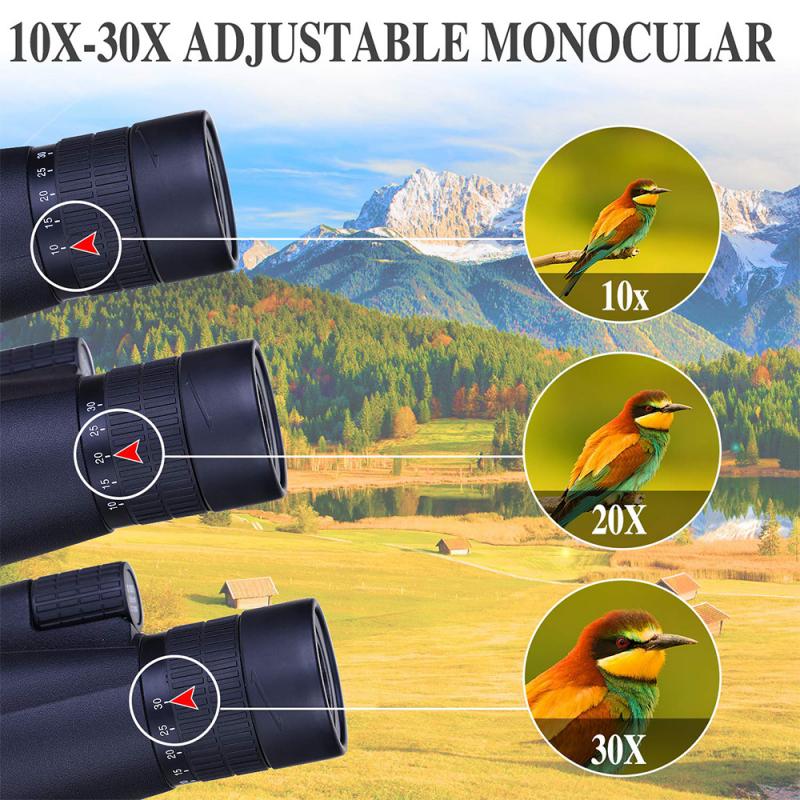
Choosing Materials and Manufacturing Techniques:
To make a monocular zoom further, it is important to choose the right materials and manufacturing techniques. The materials used should be lightweight, durable, and able to withstand the rigors of outdoor use. Some of the commonly used materials for making monocular zooms include aluminum, magnesium, and carbon fiber.
Aluminum is a popular choice due to its lightweight and durability. It is also easy to machine and can be anodized to provide a protective coating. Magnesium is another lightweight material that is commonly used in the aerospace industry. It is also corrosion-resistant and has good thermal conductivity.
Carbon fiber is a newer material that is gaining popularity due to its high strength-to-weight ratio. It is also corrosion-resistant and has good thermal conductivity. However, it is more expensive than aluminum and magnesium.
In terms of manufacturing techniques, CNC machining is commonly used to produce the main body of the monocular zoom. This allows for precise and accurate machining of complex shapes. Injection molding is also used to produce the rubberized grip and other small parts.
The latest point of view in manufacturing techniques is the use of 3D printing. This allows for the production of complex shapes and designs that would be difficult or impossible to produce using traditional manufacturing techniques. It also allows for rapid prototyping and customization.
In conclusion, choosing the right materials and manufacturing techniques is crucial in making a high-quality monocular zoom. The latest point of view in manufacturing techniques is the use of 3D printing, which allows for greater design flexibility and customization.

